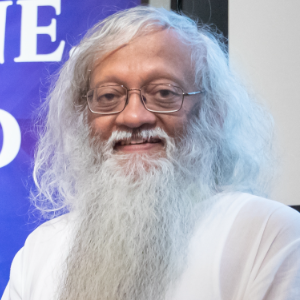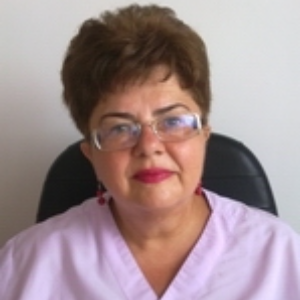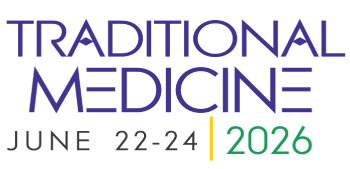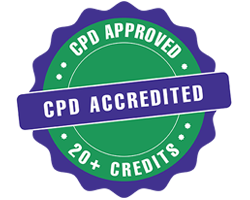Photobiomodulation
Photobiomodulation (PBM), also known as low-level laser therapy (LLLT) or red light therapy, is a non-invasive medical technique that employs low-level light in the visible and near-infrared spectrum to stimulate cellular function and promote healing. This innovative approach harnesses the therapeutic properties of specific wavelengths of light to enhance various physiological processes within the body. The light energy is absorbed by mitochondria, the powerhouse of cells, triggering a cascade of beneficial effects such as increased production of adenosine triphosphate (ATP), improved cellular metabolism, and modulation of inflammation. PBM has shown promising results in accelerating tissue repair, reducing pain and inflammation, and promoting neuroregeneration. This versatile therapy finds applications in diverse medical fields, including wound healing, musculoskeletal disorders, dermatology, and even neurological conditions. The non-thermal, non-invasive nature of PBM makes it a safe and well-tolerated modality with minimal side effects. As research in photobiomodulation continues to expand, its potential to revolutionize therapeutic interventions and enhance overall well-being becomes increasingly evident, positioning it as a promising avenue for the future of medical treatment and rehabilitation.

Kenneth R Pelletier
University of California School of Medicine, United States
Girish Momaya
Maharishi European Research University, Netherlands
Angela Sanda Tudor
Society of TCM from Romania, Romania
Julieta Andico Songco
JAS Consulting Services, United States
Debrah Nadler
Alzheimer’s Support, LLC, United States
Bhavna Singh
Mango Wellness, United States




Title : Functional integration of chiropractic into the traditional medicine paradigm
John Downes, Life University, United States
Title : Change your genes - Change your life: Sorting the hope from hype of human longevity
Kenneth R Pelletier, University of California School of Medicine, United States
Title :
Laure Le Corroller, Dr.& Master Sha Tao Academy, Canada
Title : The importance of integrating TCM with conventional medicine in the diagnosis and treatment of physical and mental exhaustion due to excess or lack of professional activity
Angela Sanda Tudor, Society of TCM from Romania, Romania
Title : Examining the factors that decrease and increase the effect of acupuncture
Yucel, Elonysia LLC, Turkey
Title : Painless scalp electroacupuncture therapy for autism spectrum disorder
Zhenhuan Liu, University of Chinese Medicine, China